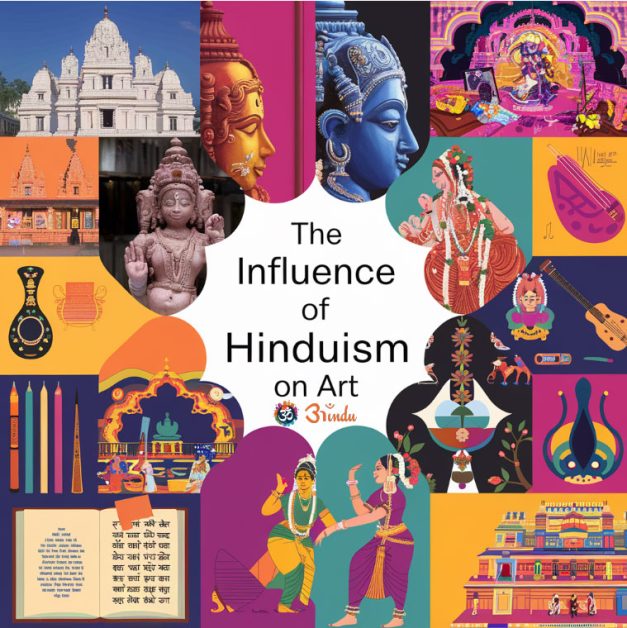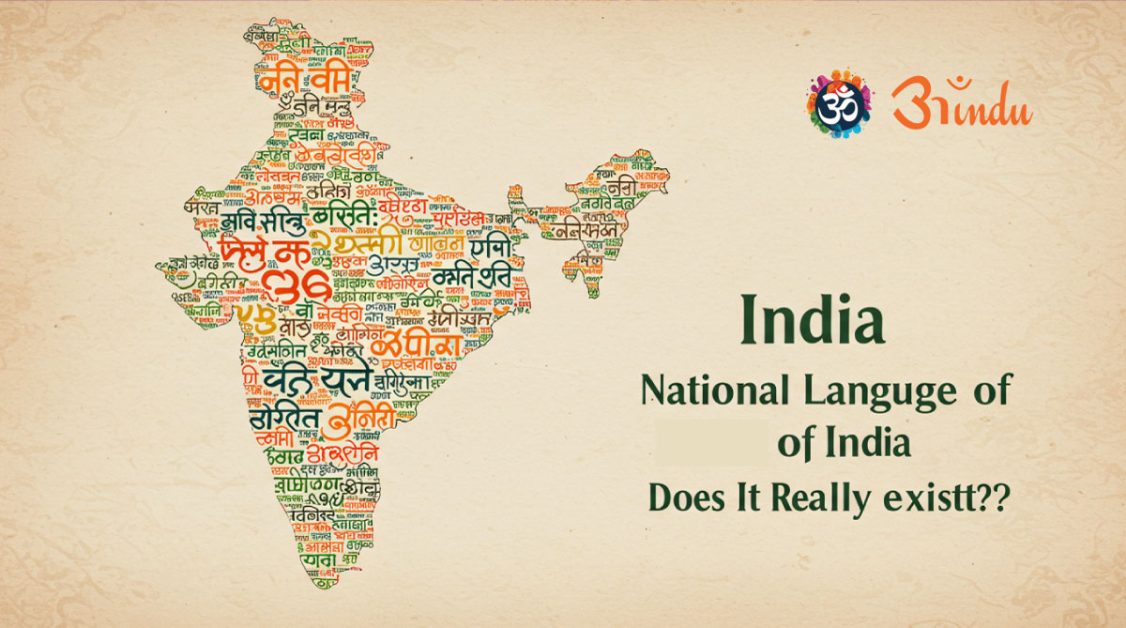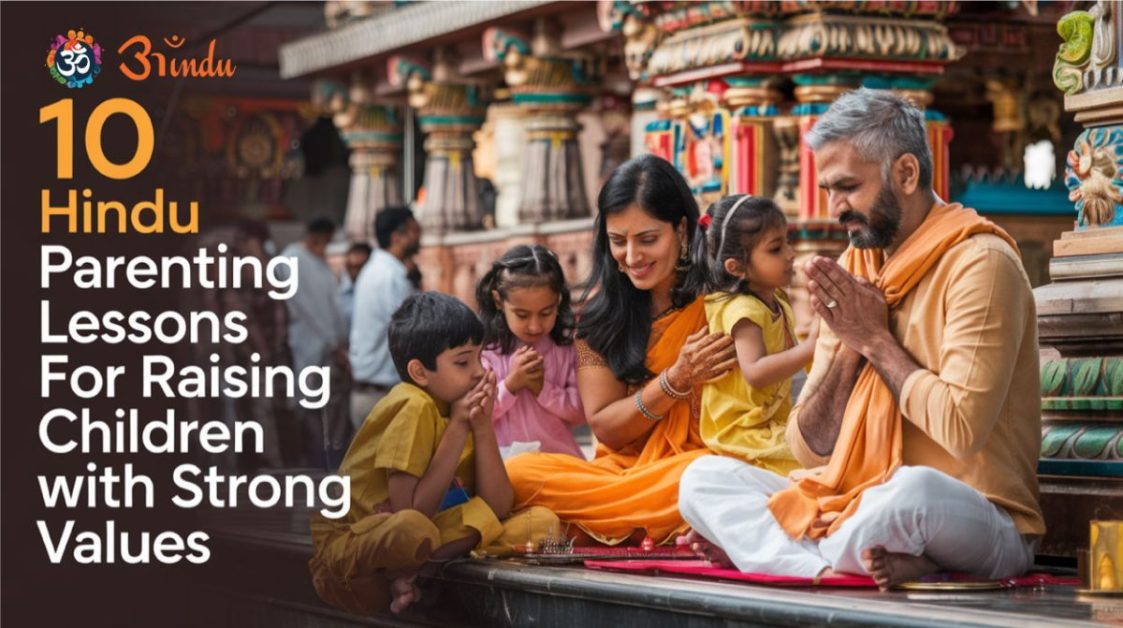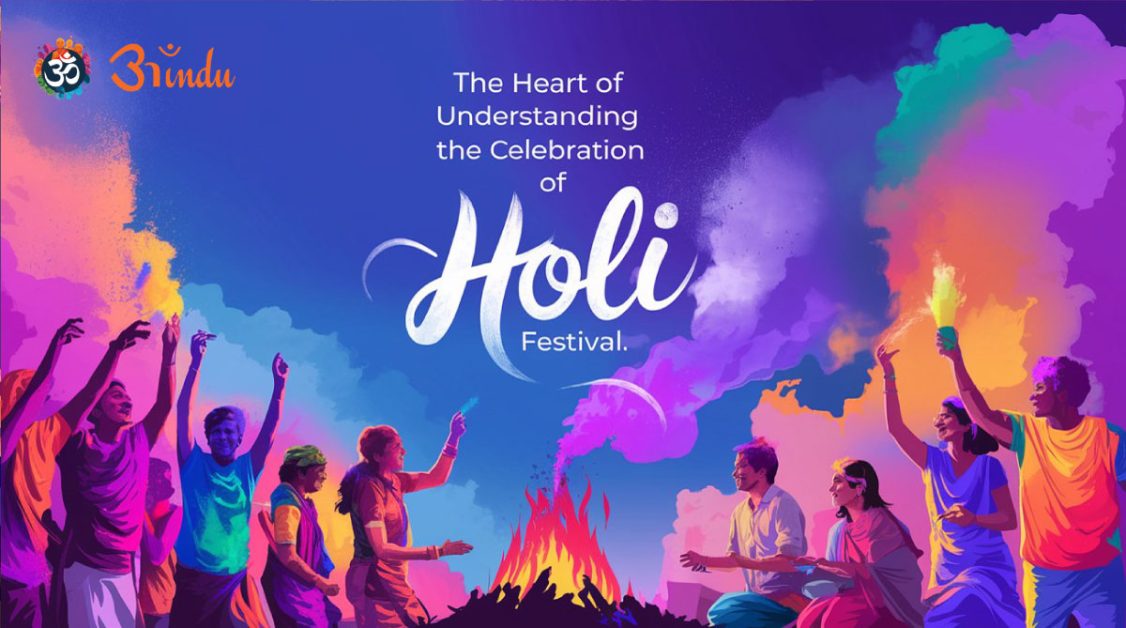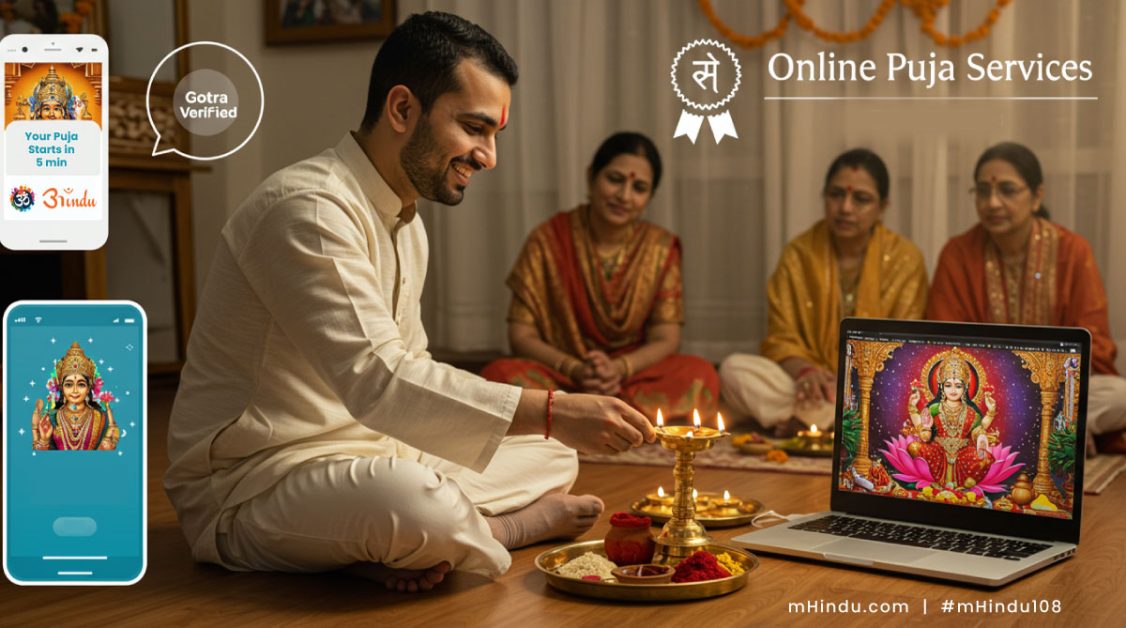
In the heart of Varanasi, as the sun sets over the Ganges, priests perform the Ganga Aarti—a ritual that has been part of Sanatan Dharma for centuries. Today, thousands witness this sacred ceremony not just in person but through live streams on their devices, thanks to the advent of online puja services. This fusion of tradition and technology exemplifies how Hindu rituals are evolving in the digital age.
Explore Blog Content
ToggleThe Rise of Online Puja Services
The demand for online puja services has surged, especially in the wake of global events that limited physical gatherings. Devotees seek spiritual fulfillment without geographical constraints, leading to the proliferation of platforms offering virtual rituals. These services cater to a global Hindu diaspora, ensuring that distance doesn’t hinder devotion.
Digital Hindu Rituals: A New Paradigm
Platforms like Puja Services and My Tirth India have revolutionized access to rituals. They offer live-streamed ceremonies, personalized pujas, and even doorstep delivery of prasad. This digital transformation ensures that rituals like Satyanarayan Katha, Rudrabhishek, and Navagraha Shanti are accessible to all, regardless of location.Medium+16CEO VINE+16Inc42 Media+16
Sanatan Dharma Meets Technology
Sanatan Dharma’s essence lies in its adaptability and timeless wisdom. The integration of technology doesn’t dilute its sanctity; instead, it amplifies its reach. By embracing digital platforms, the Hindu community ensures that age-old traditions thrive in contemporary settings.
Scriptural Endorsements of Adaptability
The Bhagavad Gita emphasizes the importance of intention over form:
“Patram pushpam phalam toyam yo me bhaktya prayacchati;
Tad aham bhakty-upahritam asnami prayatatmanah.”
(Bhagavad Gita 9.26)
“Whoever offers Me with devotion a leaf, a flower, fruit, or water, I accept that loving offering from the pure-hearted devotee.”
This verse underscores that the sincerity of devotion surpasses the medium of offering, validating the use of digital platforms for worship.
Q: Are online puja services authentic and accepted in Hinduism?
Yes, authenticity in Hindu rituals is determined by the adherence to prescribed procedures and the devotion of the participant. Online puja services, when conducted by qualified priests following traditional protocols, are considered valid. The digital medium serves as a conduit, not a compromise.onlinepuja.com
Q: How do online puja platforms ensure the sanctity of rituals?
Reputable platforms collaborate with experienced priests who perform rituals in consecrated spaces. Live streaming allows devotees to participate in real-time, maintaining the interactive essence of the ceremony. Additionally, many services provide prasad and ritual items to enhance the spiritual experience.pujapariseva.com
The Evolution of Hindu Rituals in the Digital Landscape
From Temples to Tablets: A Historical Perspective
Hindu rituals have always been dynamic, adapting to societal changes while preserving core values. The transition from temple-centric worship to digital Hindu rituals is a testament to this adaptability. Historically, the oral transmission of Vedic chants evolved into written scriptures, and now, these teachings are accessible through apps and online platforms.
Virtual Puja Platforms: Bridging Distances
Platforms like VAMA and AppsForBharat have emerged as pioneers in offering comprehensive virtual puja experiences. They provide services ranging from e-darshan and astrology consultations to personalized rituals. These platforms ensure that devotees, regardless of their physical location, can engage in spiritual practices seamlessly.Pujaabhishekam+4Inc42 Media+4Inc42 Media+4
Sanatan Dharma’s Embrace of Innovation
Sanatan Dharma’s teachings encourage the pursuit of knowledge and the use of available resources for spiritual growth. The integration of technology aligns with this philosophy, enabling wider dissemination of dharma and facilitating communal participation in rituals.
Scriptural Insights on Adaptation
The Rigveda states:
“Aano bhadra krtavo yantu vishwatah.”
(Rigveda 1.89.1)
“Let noble thoughts come to us from all directions.”
This verse highlights the openness to new ideas and methods, reinforcing the acceptance of technological advancements in spiritual practices.
Q: Can virtual pujas replace traditional temple visits?
Virtual pujas offer an alternative for those unable to visit temples due to various constraints. While they provide convenience and accessibility, they complement rather than replace the profound experience of temple visits.Hithokthi+1onlinepuja.com+1
Q: How do virtual puja platforms cater to diverse rituals and regional practices?
Leading platforms employ a network of priests proficient in various regional traditions and languages. This diversity ensures that rituals are performed in accordance with specific cultural nuances, preserving authenticity.
Rise of Spiritual Tech Startups: Merging Dharma with Innovation
The Startup Dharma: A New Age of Bhakti-Tech
In a bustling co-working space in Bengaluru, a team of young developers chants the Gayatri Mantra before debugging code. They are building a mobile app to book personalized online puja services. This isn’t fiction—it’s the new face of India’s spiritual-tech landscape. Startups are no longer limited to food delivery or fintech; they are now digitizing devotion and reshaping the way Hindus interact with Sanatan Dharma.
Why Spiritual Startups Are Thriving
A combination of rising digital literacy, a global Hindu diaspora, and pandemic-induced behavioral changes has created fertile ground for startups focused on virtual devotion. Platforms like 99Pandit, Shrimad Bhagavad Gita App, and TempleConnect have tapped into the yearning for spiritual continuity amidst a fast-paced, fragmented life. These companies understand the cultural heartbeat and are using AI, video conferencing, and data analytics to offer meaningful religious experiences.
Investor Interest in Devotional Tech
What was once seen as a niche is now gaining the attention of investors. Firms such as Lightspeed and Elevation Capital have backed platforms like AppsForBharat, seeing the potential in monetizing religious engagement through subscriptions, donations, and curated content. The future of online puja services seems not only spiritually fulfilling but economically promising.
Tech Tools Empowering Tradition
From voice-activated mantra guides to smart calendars that notify users of upcoming vrat and festivals based on their location and sect, technology is empowering the average devotee like never before. Imagine receiving a personalized reminder for Ekadashi fasting, with links to schedule a live-streamed puja, access to scripture readings, and community satsang—all in one app.
Sloka on Using Knowledge for Dharma
“Vidya dadati vinayam, vinayaad yaati paatrataam;
Paatratvaad dhanamaapnoti, dhanaad dharmam tatah sukham.”
(Chanakya Niti)
“Knowledge brings humility, from humility one attains worthiness, from worthiness comes wealth, and from wealth comes the ability to perform dharma and thereby happiness.”
This sloka underlines how knowledge (vidya), including modern tech knowledge, becomes a means to fulfill dharmic duty. Today’s startups are applying their vidya to spread dharma digitally.
Q: Which Indian startups are leading the spiritual tech movement?
Some of the prominent ones include AppsForBharat, which created the Sutradhar app; VAMA, which offers online astrologer consultations and virtual darshan; and TempleConnect, which partners with temples for live streaming. These platforms focus on digital Hindu rituals, regional personalization, and immersive puja booking systems.
Q: How are tech startups preserving authenticity in digital rituals?
Startups partner with accredited pundits and spiritual institutions. Many ensure that rituals are conducted live with two-way video for authenticity. Verified listings, ratings, and community feedback help maintain transparency and quality.
Rituals on Screen: User Experience in the Age of Digital Devotion
Devotion at a Click: How It Feels to Perform Puja Virtually
Performing a Satyanarayan Katha from Toronto with a priest in Varanasi, or watching a live aarti from Tirupati while in Singapore, is no longer an exception. Users report a deep sense of connection, peace, and even tears while engaging in online puja services. The sacred doesn’t diminish on screen—it adapts.
Interface Meets Inner Faith
Successful platforms prioritize design and simplicity. A well-built interface translates into smoother booking, easier navigation, and better participation. Features like “select your deity,” “book in preferred language,” “choose your sankalp” bring personalization into faith. Some apps even include family video conferencing features so all members can join a single puja from different cities or countries.
From Isolation to Participation
For many NRIs and elderly devotees who feel spiritually disconnected, these services bridge a painful gap. Whether it’s participating in Shradh ceremonies or celebrating Ganesh Chaturthi virtually, the digital realm creates an inclusive spiritual space that welcomes the disabled, distant, and disconnected.
Shloka on Ubiquity of the Divine
“Sarvatah panipadam tat sarvato’kshi shiro mukham;
Sarvatah shrutimal loke sarvam avritya tishthati.”
(Bhagavad Gita 13.14)
“Everywhere are His hands and feet, eyes, heads, faces, and ears; He pervades all in the universe.”
This verse affirms that the divine isn’t confined to space. A puja performed via screen, if done with devotion, is equally sanctified because Bhagavan is omnipresent.
Q: Do digital rituals offer the same spiritual benefits as in-person rituals?
Yes, spiritual benefit is largely determined by the devotee’s sincerity (bhava) and intention (sankalpa). With proper guidance and participation, even virtual rituals can be powerful and transformative.
Q: How do online platforms make rituals inclusive for global users?
They offer multi-language options, customizable pujas based on gotra or community tradition, and support for multiple time zones. Some even offer recorded videos for users unable to attend live.
Reclaiming Rituals: Youth, Identity, and Digital Sanatan Dharma
Gen Z and Millennials in the Mandir of the Cloud
A surprising wave is sweeping through Indian youth—one that doesn’t reject religion, but reclaims it. From wearing tilak in Instagram reels to sharing Gita verses on Twitter, today’s digital-savvy generation is rediscovering Hindu identity on their terms. And at the heart of this revival? Platforms offering online puja services, digital satsangs, and virtual pilgrimage content tailored to their lifestyle.
Rituals without Rigidity
Modern Hindus seek spirituality without dogma. They want connection, not compulsion. Platforms like Sutradhar, Hinduism Now, and Divine India are building tools where young users can explore rituals with explanations, access simplified versions of traditional texts, and join online communities discussing dharma in practical life contexts.
This shift is less about abandoning rituals and more about making them meaningful. Whether it’s performing a Diwali Lakshmi Puja via video call with grandparents in India or attending a live-streamed Hanuman Chalisa chanting session before an exam, youth are integrating tradition into their daily rhythm through tech.
Empowering Women and Forgotten Voices
Another massive impact of digitization is inclusivity. Women priests, once rare in mainstream rituals, are now conducting online puja services, educating global devotees on Kanya Puja, Durga Saptashati, and more. Marginalized castes and sects are also finding equal voice through tech, bypassing physical and social restrictions that once limited access to sacred spaces.
“Tam evam viditvati mrityum eti, nanyah pantha vidyate ayanaya.”
(Shvetashvatara Upanishad 3.8)
“Only through true knowledge can one overcome death; there is no other path to liberation.”
Knowledge, in Sanatan Dharma, is never restricted. Today’s platforms act as digital gurus, offering sacred access to those once denied.
Q: How are Hindu youth engaging with Sanatan Dharma online?
They use devotional apps, join Reddit threads on dharma, follow priests on Instagram, and attend online pujas and shloka classes. This modern engagement is more exploratory, sincere, and identity-affirming.
Q: Are there platforms specifically focused on educating youth about Hindu rituals?
Yes, apps like VedicPathshala, HinduQuest, and YouTube channels like Swami Sarvapriyananda’s lectures are geared towards young minds. They present scriptures and rituals in engaging, relevant ways.
Ethical, Spiritual, and Technological Challenges
As online puja services scale rapidly, a deeper question emerges: can sacredness survive automation? What happens when AI suggests a “recommended puja” based on your stress level or when a chatbot answers questions about karma?
While convenience has improved, concerns about commodification loom. If rituals become one-click checkouts, do we risk losing the depth and sanctity that define Sanatan Dharma?
Maintaining Dharma in the Digital Dharma
Startups face the dharmic responsibility of honoring traditions, not just monetizing them. Transparency in priest qualifications, proper use of donations, and avoidance of superstitions must be integral. Digital rituals should aid, not replace, the spiritual journey.
Privacy, Data & Ritual Personalization
Another layer of complexity arises with data privacy. Many apps collect gotra, birth details, and other sensitive information to personalize services. But who safeguards this data? How do we ensure it’s not misused?
Developers must implement strong encryption, GDPR-style consent models, and ethical AI guidelines—so that sacred trust is not violated in pursuit of scale.
Scriptural Reflection on Dharma
“Dharma eva hato hanti, dharmo rakshati rakshitah;
Tasmad dharmo na hantavyo, ma no dharmo hato’vadhit.”
(Manusmriti 8.15)
“If Dharma is destroyed, it destroys us. If we protect Dharma, it protects us. Therefore, never harm Dharma, lest it harms you.”
This teaching offers a timeless warning: technology must remain a servant of dharma, not its master.
Q: What are the risks of digitizing Hindu rituals?
Risks include superficial participation, commercialization of sacred acts, misinformation by unqualified sources, and loss of traditional human elements like guru-shishya parampara. These can be avoided with proper checks.
Q: How can platforms ensure digital rituals remain spiritually meaningful?
By involving real, experienced priests, emphasizing intention over form, educating users about the rituals, and incorporating devotional elements like slokas, mantras, and guidance, the spiritual depth can be preserved.
Summary
Why This Digital Dharma Revolution Matters
The rise of online puja services isn’t just a tech trend—it’s a cultural and spiritual movement. It represents a collective effort to make Sanatan Dharma accessible, inclusive, and adaptable in the digital age. Whether it’s a young professional performing Ganesh Puja from a studio apartment or an NRI couple doing Shraddha for their ancestors from across oceans, technology is enabling sacred continuity.
We’ve seen how startups are bridging the ancient with the modern, creating platforms that digitize rituals while retaining spiritual essence. These platforms are not replacing tradition; they’re reimagining it for a world that is more mobile, global, and time-constrained. They empower youth, democratize access for women and marginalized groups, and ensure that no Hindu feels disconnected from dharma due to geography, disability, or distance.
Yet this revolution comes with responsibility. As Sanatan Dharma teaches, every tool—whether fire, speech, or code—must be wielded with intention, discipline, and awareness. It’s not just about scaling services but upholding sanctity. Technology should be a yantra (instrument) for inner awakening, not a distraction.
Why the Hindu Community Should Embrace and Guide This Change
- It allows ritual continuity in a fragmented world.
- It supports the global Hindu diaspora in staying connected to roots.
- It helps in the revival of interest among youth in their heritage.
- It preserves regional and sect-based nuances while providing easy access.
- It can build a unified, spiritually conscious digital Hindu identity.
From Vedic fire altars to voice-activated havan apps, the journey of Sanatan Dharma has always embraced evolution. What matters is not how the ritual is performed, but whether the heart is present.
Let us be the custodians who ensure that the soul of our dharma shines—online or offline.
FAQs
Q1: Are online puja services recognized in Hindu scriptures?
While not explicitly mentioned, scriptures emphasize intention (bhava) over medium. As seen in Bhagavad Gita 9.26, sincerity is what pleases the divine—not the form of offering.
Q2: Can I do an online puja for my ancestors (Pitru Paksha, Shraddha)?
Yes, many platforms offer live-streamed Shraddha services with experienced priests, allowing you to fulfill your duties regardless of location.
Q3: Are digital Hindu rituals acceptable for major festivals like Diwali or Navratri?
Absolutely. Many use online services for Lakshmi Puja, Durga Saptashati, and Kalash Sthapana, with real-time participation and ritual items delivered.
Q4: What are the benefits of virtual puja platforms for NRI Hindus?
They provide cultural continuity, allow participation in rituals without travel, and help transmit values to children born abroad.
Q5: How do I choose a trustworthy online puja service?
Look for verified platforms with qualified priests, transparent pricing, user reviews, and clear descriptions of rituals offered.
Q6: Can online rituals replace visiting temples?
They can complement but not replace temple visits. The temple offers divine energy and community presence. However, digital rituals are invaluable when physical access isn’t possible.
Q7: Do virtual puja platforms support regional languages and rituals?
Yes, leading platforms support Hindi, Tamil, Telugu, Kannada, Marathi, Bengali, and others, often allowing you to select priests accordingly.
Q8: What precautions should I take when sharing personal data for digital pujas?
Ensure the platform uses secure payment gateways, has privacy policies, and doesn’t sell your data. Avoid sharing unnecessary personal details unless required for ritual purposes.


